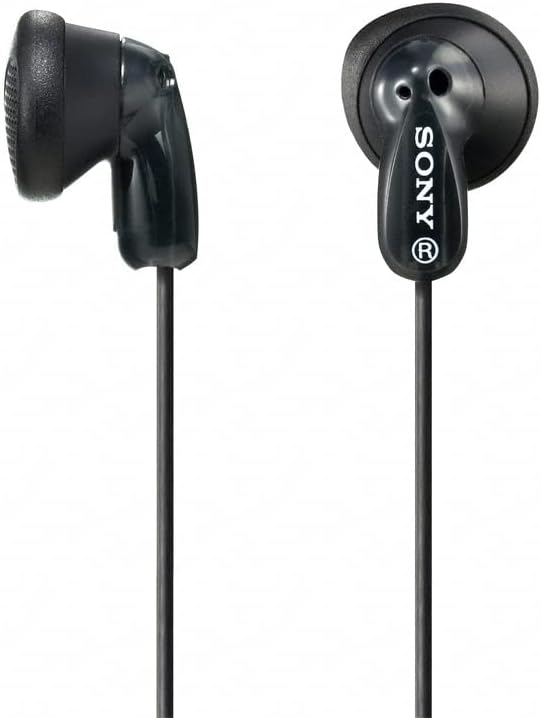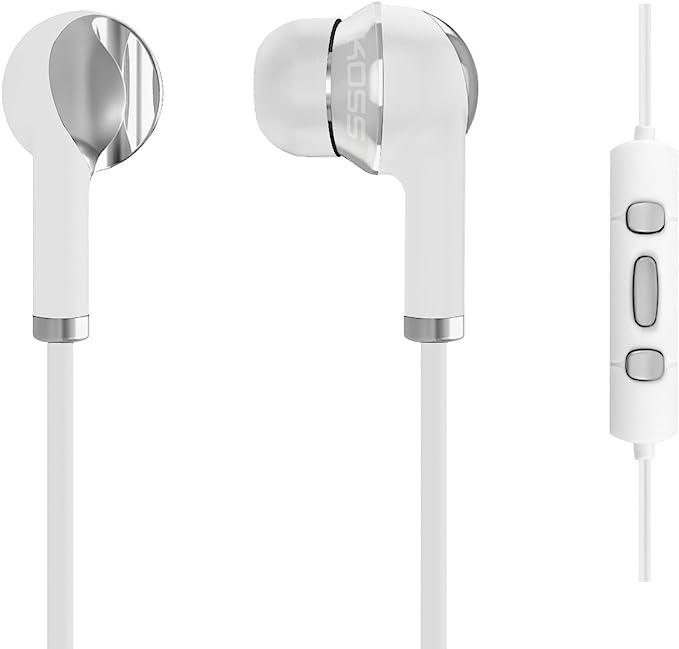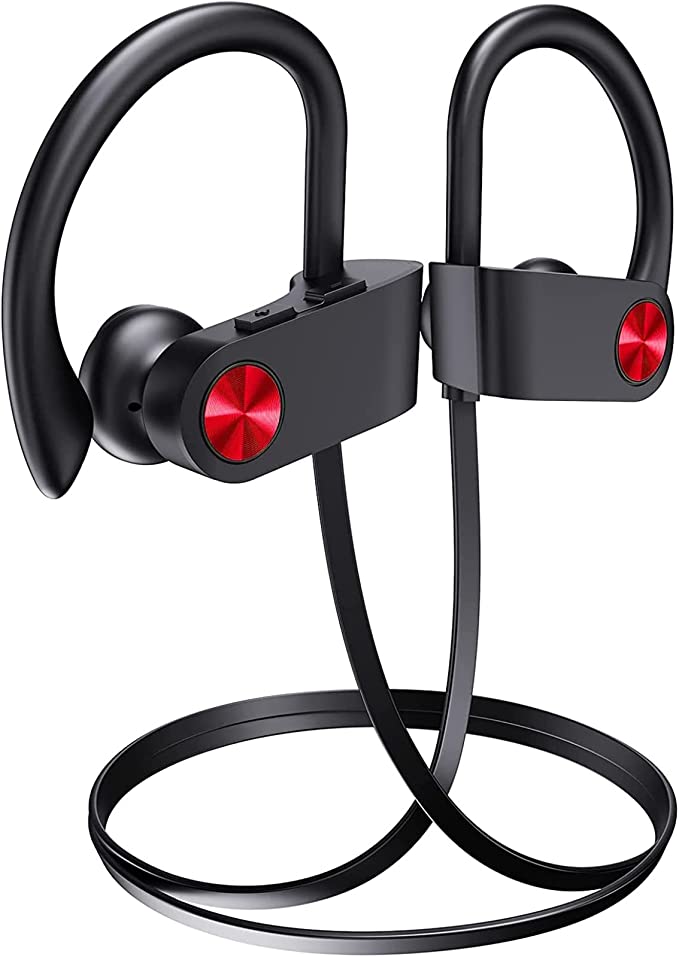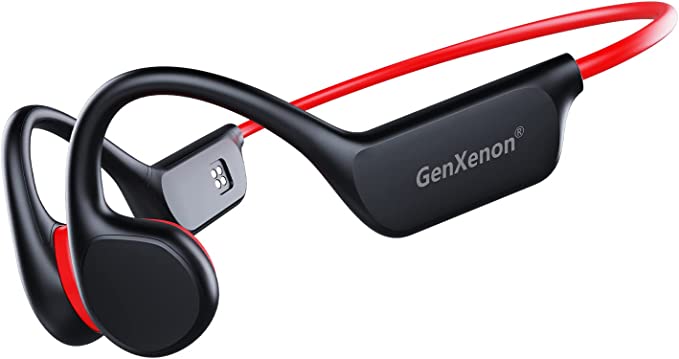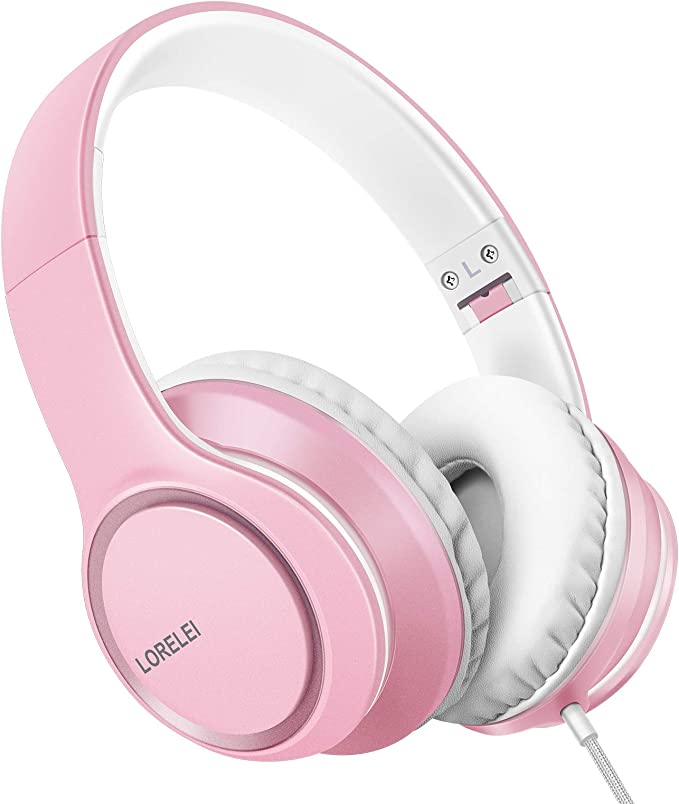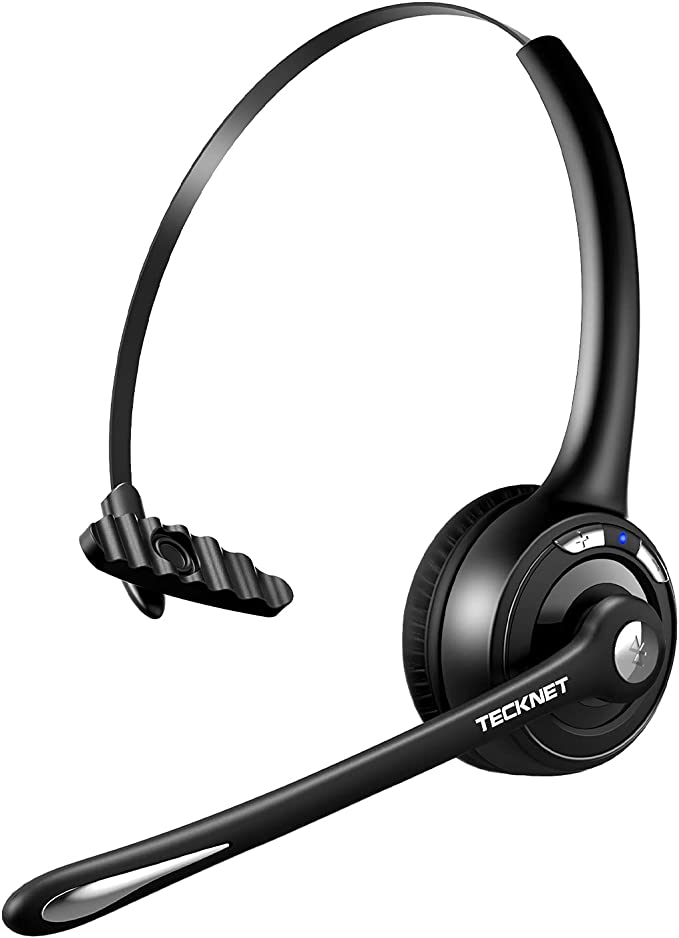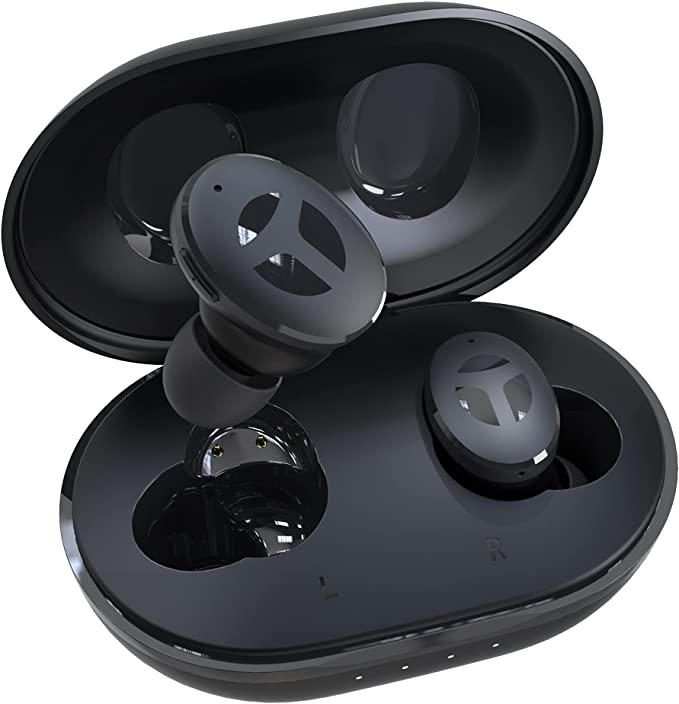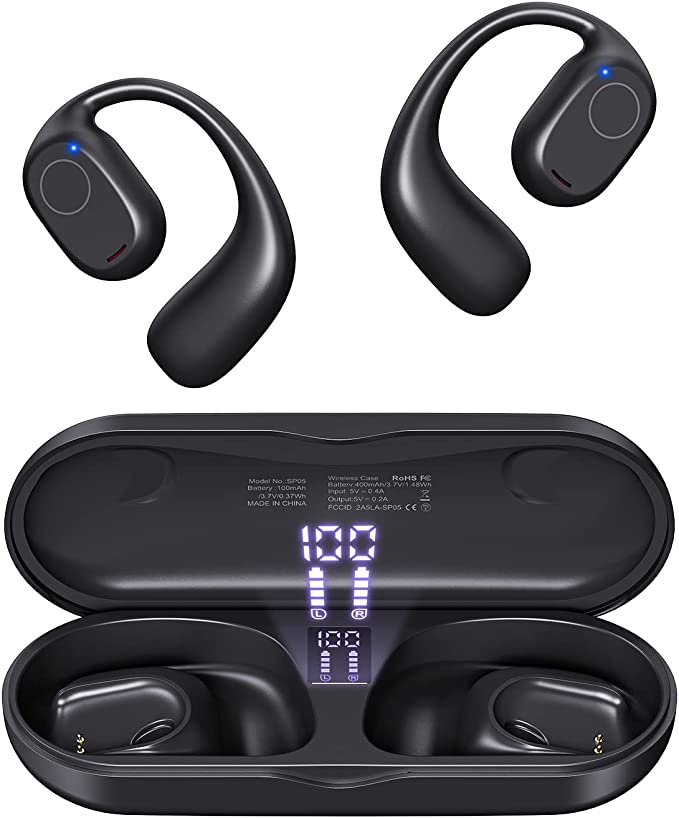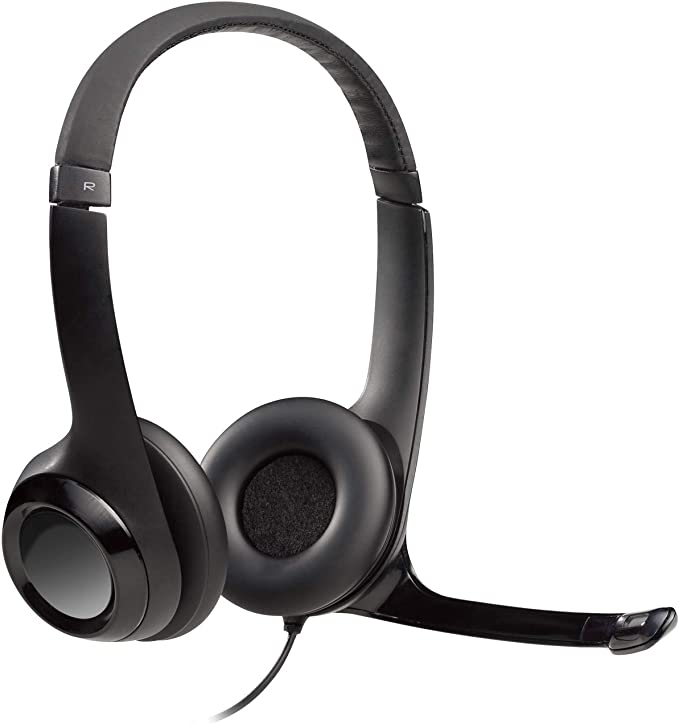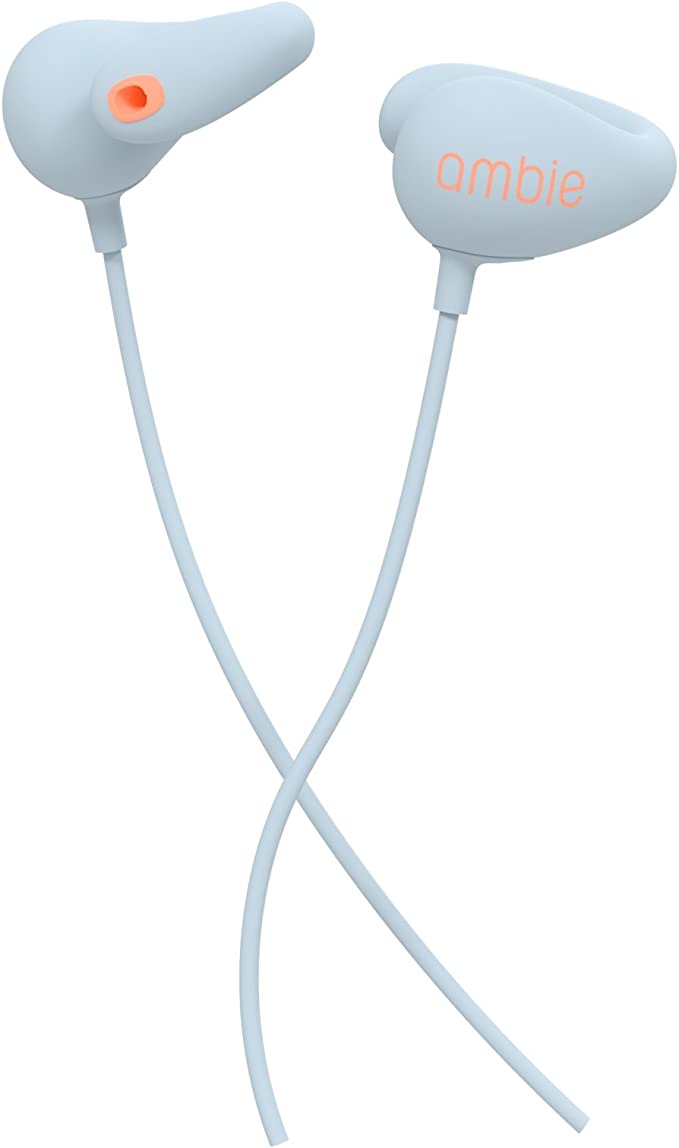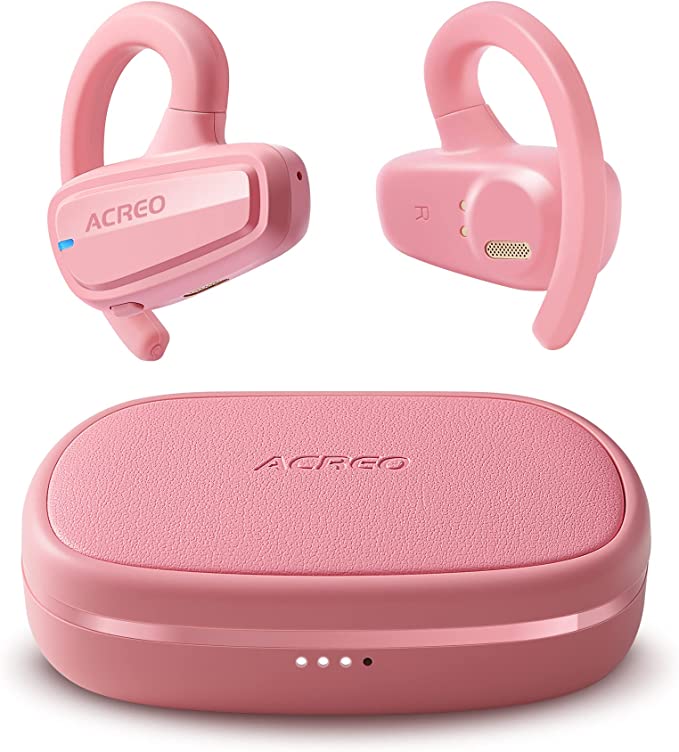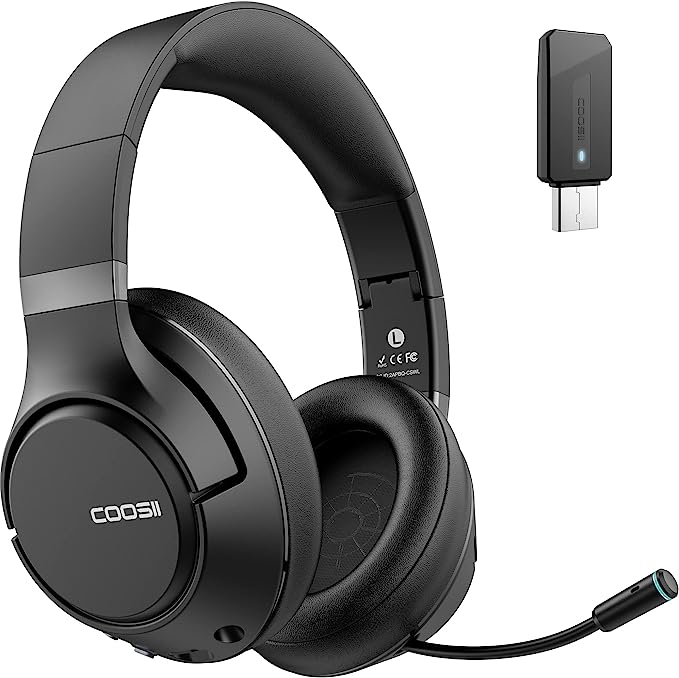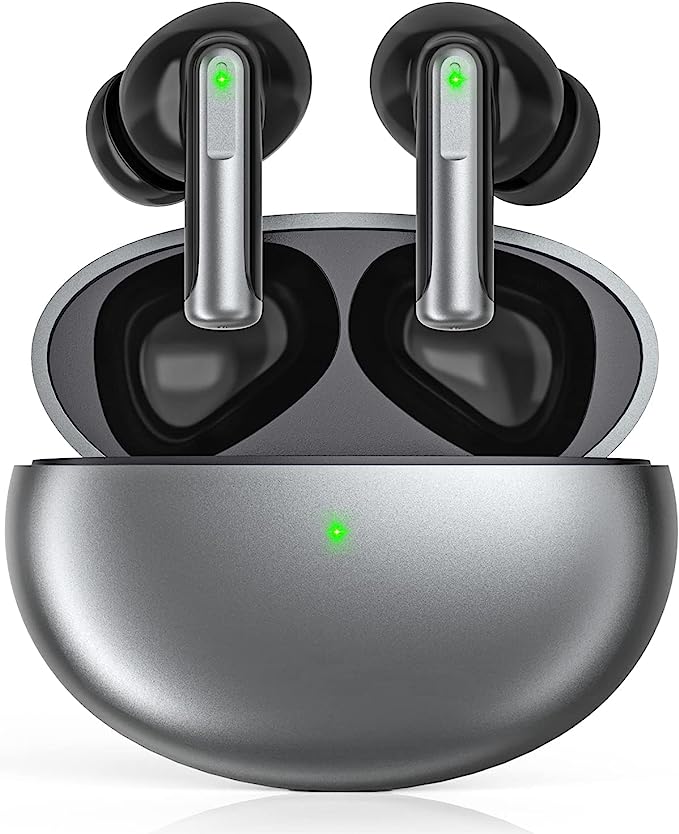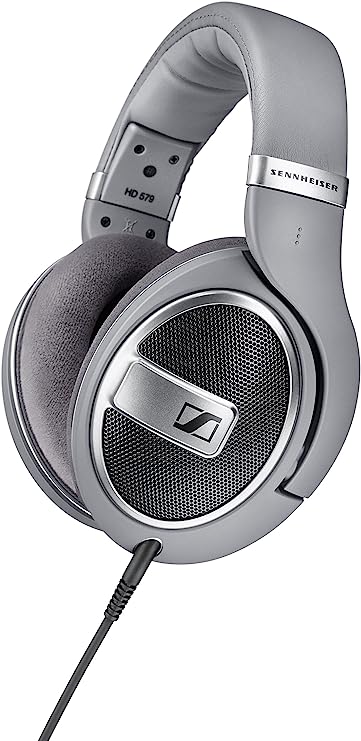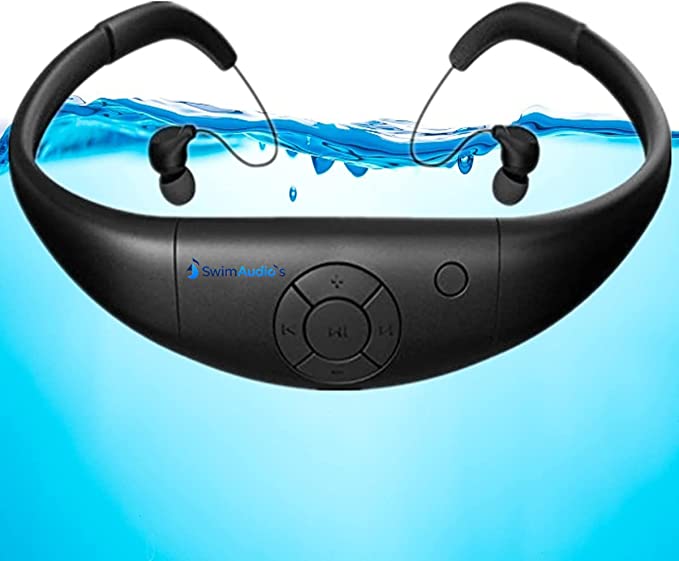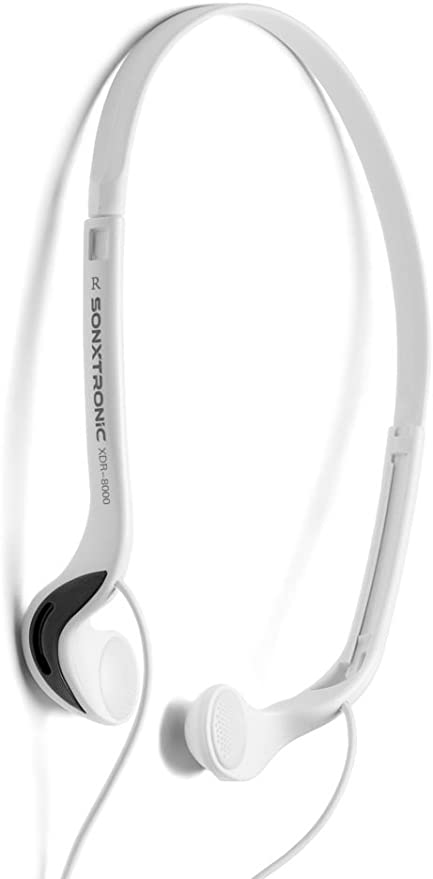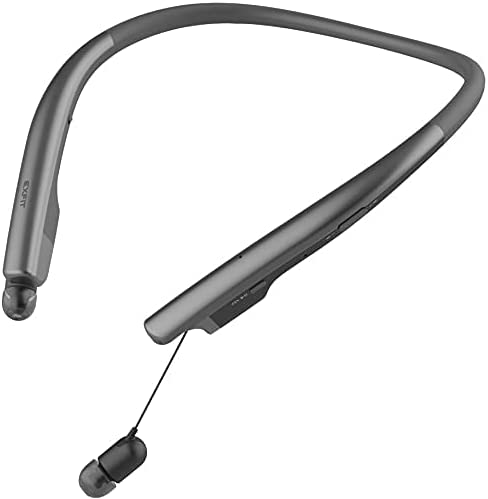It's Not the Weight, It's the Balance: The Ergonomics of Power Tools
Update on Oct. 21, 2025, 1:51 p.m.
Read the user reviews for a powerful tool like the Milwaukee 2726-20 FUEL Hedge Trimmer, and you’ll find a fascinating contradiction. The spec sheet lists a clear, objective fact: the tool weighs 8.6 pounds (without a battery). Yet, in the subjective court of public opinion, the verdict is split. One user, perfectly content, reports it’s “not too heavy.” Another, a self-described gym-goer, claims it “absolutely wore me out.”
How can this be? How can 8.6 pounds feel manageable to one person and debilitating to another? While individual strength and conditioning are certainly factors, they don’t tell the whole story. The answer lies in a crucial, often overlooked, principle of product design: the vast difference between a tool’s actual weight and its perceived weight. This isn’t just a feeling; it’s a matter of physics and ergonomics, and understanding it will forever change how you choose your tools.

It’s Not the Weight, It’s the Leverage
Let’s try a simple thought experiment. Imagine holding an 8.6-pound dumbbell in your hand, close to your body. It’s hefty, but manageable. Now, imagine that same 8.6 pounds of weight is at the end of a 45-inch pole, and you’re holding the other end. The effort required to keep that pole level is immense. Your wrist, forearm, and shoulder muscles are screaming in protest. The weight hasn’t changed, but the force required to control it has been magnified exponentially.
You’ve just experienced the power of leverage.
A long tool like a 45-inch hedge trimmer is, biomechanically speaking, a lever. The further the center of gravity is from your hand (the pivot point), the more rotational force, or torque, your muscles must constantly counteract just to hold the tool steady. A well-designed tool places its heaviest components—the motor and the battery mount—as close to the user’s hands as possible. This shifts the balance point backward, making the tool feel more like the dumbbell and less like the long pole. An poorly balanced tool, even if it’s lighter on the spec sheet, can feel significantly heavier in practice because your body is fighting a constant physics battle.
The Center of Gravity: A Tool’s Hidden Sweet Spot
The key to this feeling of “lightness” is the tool’s center of gravity (CG). A tool with a neutral balance will have a CG that rests comfortably in or very near your grip. When you hold it, it doesn’t try to tip forward or backward. It feels like an extension of your arm.
This is why experienced users often say a tool “feels right in the hand.” They are subconsciously assessing its balance. A front-heavy tool, where the CG is far out along the blade, requires constant downward pressure from your rear hand and upward lift from your front hand. This static muscle load is a primary cause of rapid fatigue and can increase the risk of repetitive strain injuries. It’s not the active work of cutting that wears you out; it’s the passive, relentless work of simply keeping the tool from nosediving.
Furthermore, a well-balanced tool is a safer and more precise tool. It’s easier to maneuver, allowing for finer control when shaping delicate shrubs or working in awkward positions.
The Mind Game: When “Heavy” Feels “Good”
Complicating matters is a fascinating psychological bias. For decades, many of us have been culturally conditioned to associate weight with quality. Think of the satisfying heft of a luxury watch, a solid-core door, or the famous line from Jurassic Park: “Are they heavy? Then they’re expensive, put ‘em back.”
This “weight equals quality” heuristic can subconsciously influence our perception of tools. A heavier tool might initially feel more robust, durable, and “professional.” This can lead some users to tolerate poor ergonomics, believing the fatigue is simply the price of using a “serious” piece of equipment. It’s a powerful bias that designers must contend with: making a tool light enough for comfort without making it feel cheap. It also explains why some users might report a heavy tool favorably—their perception of its power and durability outweighs the physical strain.

How to Feel the Balance Before You Buy
The spec sheet will only tell you the objective weight. To understand how a tool will truly feel after 30 minutes of use, you need to perform a quick, in-store ergonomic audit.
- Attach the Power Source: Never test a bare tool. A cordless tool’s balance is designed around the weight of a battery. Ask a sales associate to attach a medium-sized battery (like a 5.0Ah pack) to get a realistic feel.
- Find the Fulcrum: Hold the tool with one hand in the main grip position. With your other hand, find the point along the tool’s body where it balances perfectly. Is that point comfortably between your two natural hand positions, or is it far out on the tool?
- Simulate the Stance: Hold the tool as you would during actual use. Raise it to chest height for a horizontal cut. Raise it above your head for topping a tall hedge. Lower it for ground cover. Pay close attention to the strain on your wrist and forearm. Does the tool want to pull your wrist down? That’s a sign of a front-heavy design.
- Feel for Control: Gently move the tip of the tool around. Does it feel nimble and responsive, or sluggish and unwieldy? A well-balanced tool will feel like it’s anticipating your movements.
The mixed reviews of the Milwaukee 2726-20 aren’t about who is “right” or “wrong.” They are a perfect case study in the complex interaction between a human body, a piece of equipment, and the laws of physics. The next time you shop for a handheld tool, look beyond the numbers. Trust your body. The best tool isn’t always the lightest one on the scale; it’s the one that feels lightest in your hands.
